Red light helps with acne by reducing inflammation, calming active breakouts, and supporting faster healing after lesions fade. It does not eliminate bacteria directly, but it improves skin recovery and reduces visible redness.

Many use red light as part of a routine to manage surface-level acne and post-inflammatory marks. With the right wavelength, dose, and schedule, the VISO mask can make noticeable changes over time without causing irritation.
This method has become a consistent choice for people looking for a gentler alternative.
How Red Light Interacts With Acne-Prone Skin
Photo Source -> National Library of Medicine
What Happens at the Cellular Level
Red light reaches deeper layers of the skin than blue light, targeting the spots where breakouts start.
While it’s not meant to kill acne bacteria directly, it helps calm the redness, swelling, and irritation that make pimples so painful and stubborn. Studies suggest it works by easing inflammation in the skin, which helps blemishes heal faster and fade with less scarring.
That’s why red light therapy is often used to support clearer, calmer skin, especially during flare-ups.
Why This Wavelength Matters
Wavelengths in the red light range, particularly between 630 and 660 nanometers, can penetrate deeper into the skin, reaching layers involved in healing and inflammation. This range has been shown to interact with cellular systems by stimulating mitochondrial enzymes like cytochrome c oxidase, increasing energy (ATP) production and supporting cellular repair.
Devices like the VISO mask are designed to deliver light within this therapeutic window, targeting the skin where regeneration begins.
When and How to Use Red Light for Acne
Frequency and Session Length
Red light works best when used consistently. Most users start with 10 to 15-minute sessions, three to five times per week. Skin doesn’t respond immediately, but steady routines create a foundation for visible improvement.
Results tend to build slowly over four to six weeks.
Devices like the VISO mask are designed for this frequency, delivering calibrated output that doesn’t require long exposure times. Keeping treatment distance and schedule consistent helps maintain progress.
Skincare Pairings That Work
Red light pairs well with calming ingredients like niacinamide or hyaluronic acid. These formulas support repair and reduce irritation without blocking light absorption.
Avoid acids or strong actives right before sessions, as skin may be more reactive. Use red light on clean, dry skin before applying serums or moisturizers.
Red Light in Dual-Wavelength and PDT Therapies
Combining red and Blue Light Therapy creates a layered approach to acne care. Blue light targets bacteria at the surface, while red light calms the reaction beneath. The Blue Light Therapy handles bacterial load on breakout-prone skin, while red light tools like the VISO mask manage inflammation and tone.
Tracking Results the Right Way
Signs It’s Working
Fewer breakouts, faster healing, and less lingering redness are early signs of progress. Skin may also feel calmer during the day, even when new spots form.
Weekly photos taken under consistent lighting help reveal texture and tone changes that are hard to spot in the mirror.
When to Switch or Adjust Devices
If you’re not seeing visible changes after six weeks, it could be a sign that the device isn’t delivering enough therapeutic energy. This often happens when the irradiance (power per unit area) is too low, or when the device is positioned too far from the skin, reducing energy absorption significantly.
What Makes One Device Work Better Than Another
A lot of brands make big promises, but when you look closer, the details are missing. Specs like wavelength, power output, treatment time, and LED spacing are what determine whether a device actually works.
Many companies don’t publish this data. No mention of optical power. No irradiance. Just vague claims and influencer reviews.
That’s a red flag.
At Lumara, we believe in full transparency. The VISO Mask is engineered with clinical-grade specs and a contour-fit design that minimizes light loss and maximizes consistent coverage. No fluff, no guesswork, just results you can trust.
Clearer Skin Starts Here
Red light therapy changes how your skin heals, from the inside out. It quiets inflammation beneath the surface, accelerates post-breakout recovery, and delivers results without the dryness, peeling, or side effects of harsh topicals.
That’s where the VISO Mask makes the difference. Engineered for full-face coverage and clinical-grade power, it brings therapeutic red light directly to the areas that need it most, no appointments, no guesswork.
For breakouts that are stubborn or bacteria-driven, amplify your results with the Illuminate Blue Panel. It targets acne-causing bacteria and surface inflammation, creating a powerful one-two punch for clearer skin.
Start your transformation today with:
Because your skin deserves more than marketing, it deserves results.
Red Light Therapy for Acne: Frequently Asked Questions
Where does red light fit in my acne skincare routine?
Red light should be used after cleansing but before applying serums or moisturizers. The skin should be free of sunscreen, oils, or heavy creams during treatment. Some users apply a calming mist or hydrating toner beforehand, but it's important the skin is dry to prevent light scattering.
Evening sessions work best for most people when the skin is clean and there’s time to relax post-treatment.
Can I use red light therapy during a breakout?
Yes, red light is safe during active flare-up. It helps calm redness and tenderness, making breakouts look less inflamed within hours or days.
Will red light therapy burn or dry out my skin?
No, red light doesn’t burn like UV or IPL. However, you might feel mild warmth or temporary flushing, especially if the session is too long or the panel is too close. Properly calibrated devices shouldn’t cause stinging or dryness. If irritation occurs, reduce your exposure time or increase the distance between your skin and the light source.
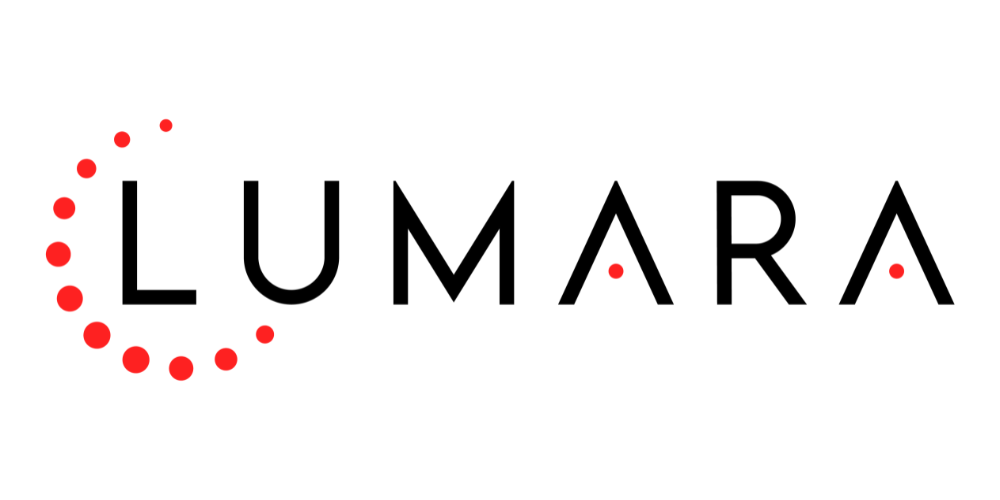
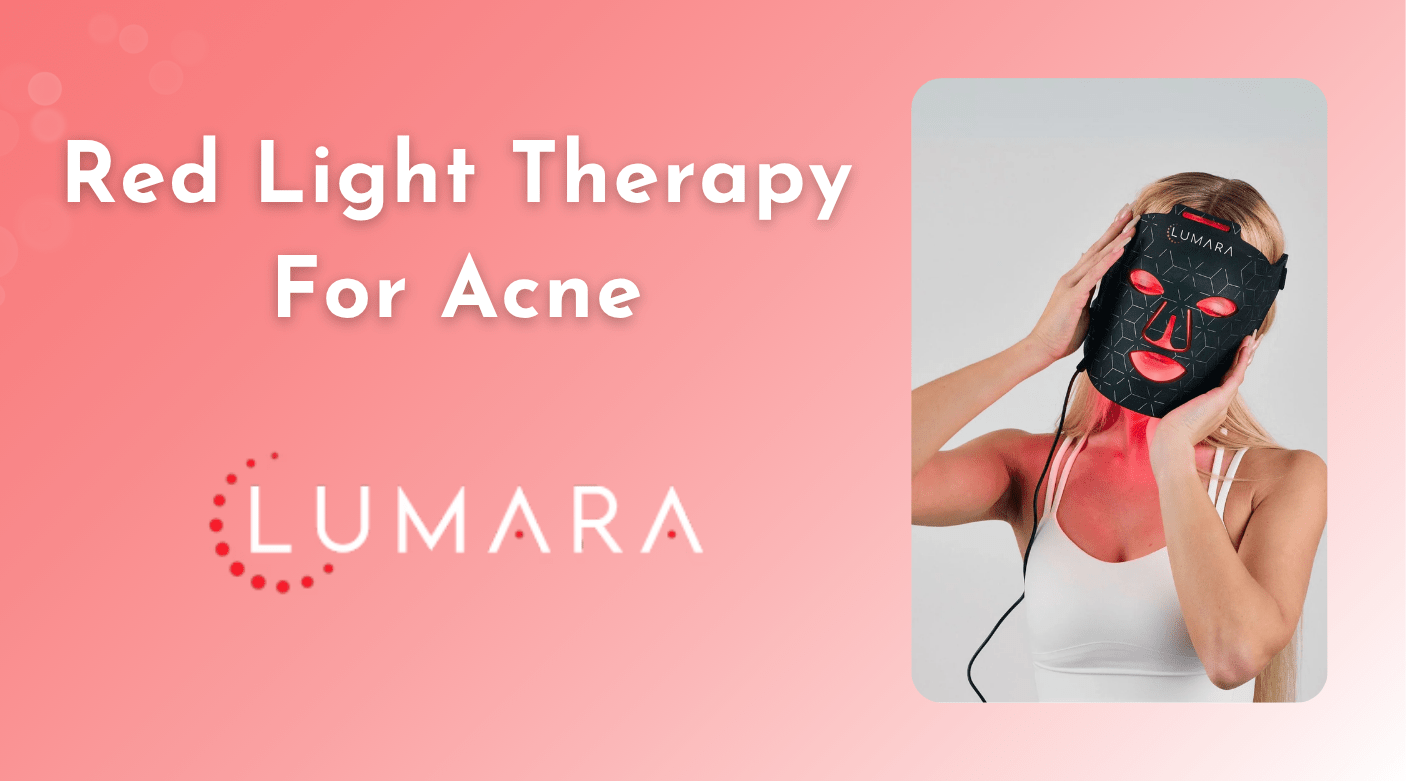
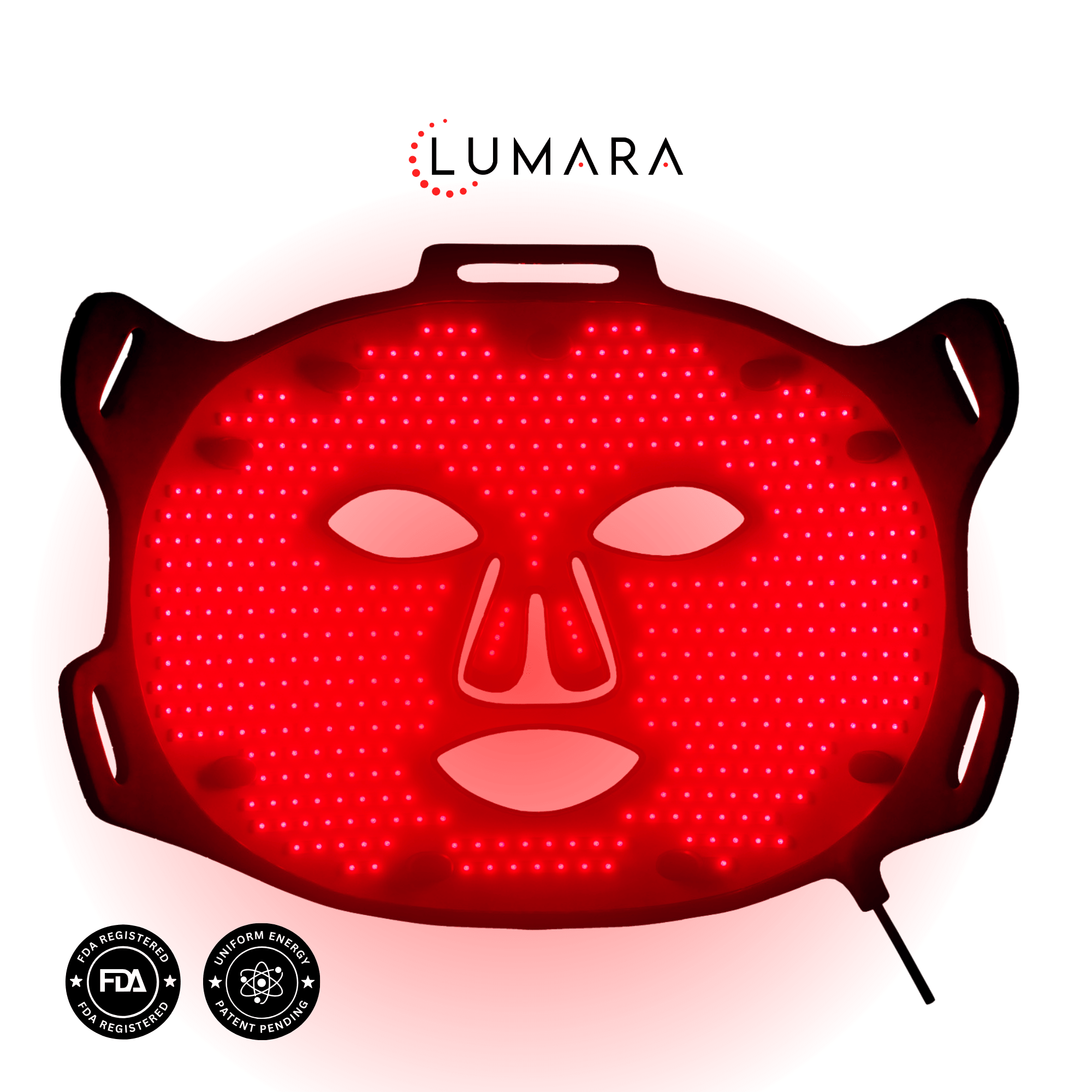

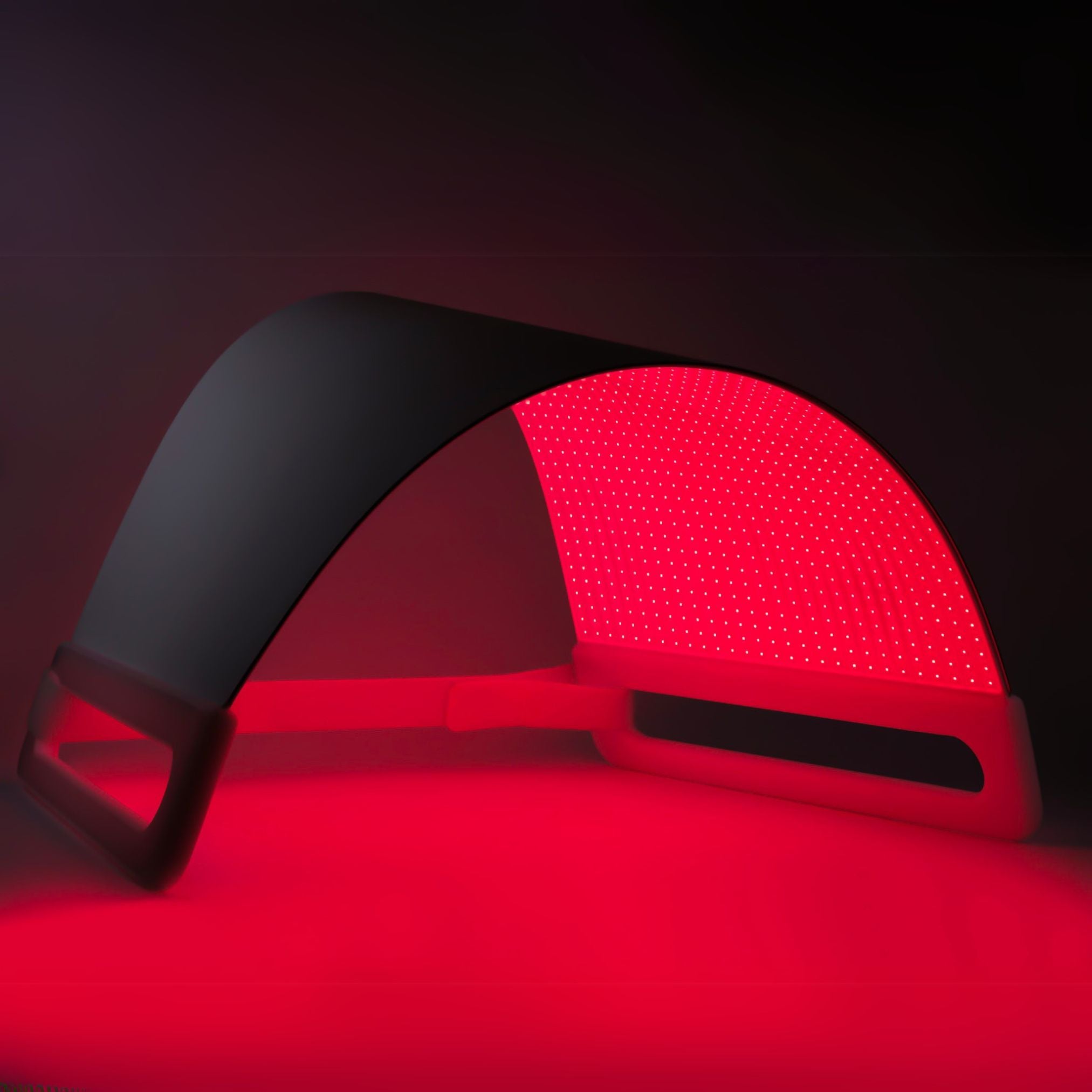
Share:
Red Light Therapy For Depression
Red Light Therapy for Hyperpigmentation: Fading Dark Spots